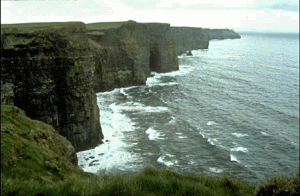
Irish Gaelic – more commonly known as Irish, is spoken in some parts of Ireland. It is one of the Celtic languages and thus part of the Indo-European family. Irish Gaelic is the official language of the Republic of Ireland. Although spoken by only about one-third of the population, or about one million people, its use has been encouraged by the government and it is taught in all Irish schools. Gaelic words which have come into use in the English language include “bard”, “slogan”, “whiskey”, and “galore”.
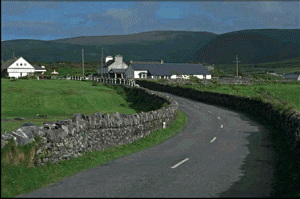
The Republic of Ireland occupies about five-sixths of the island of Ireland, which lies across the Irish Sea from Great Britain. The British controlled the area for about 750 years, until 1921, when they made southern Ireland a dominion. The link with Great Britain ended when Ireland became a republic in 1949. Northern Ireland, however, which occupies the rest of the island, has remained a political part of the United Kingdom.
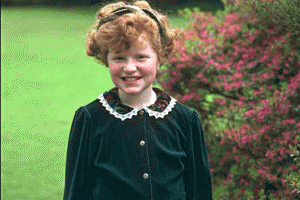
The Irish are primarily the descendants of the ancient Celts. The Vikings, the Normans, and the English have also contributed to the ethnic background of the Irish people. Centuries of English rule largely eliminated the use of the ancient Gaelic, or Irish, language. Since Ireland became independent in 1922, the government has attempted to revive Gaelic by requiring its use in schools. English is the dominant language in the educational system and is spoken throughout Ireland except, in certain areas of the west coast. Government documents are printed in both Gaelic and English.
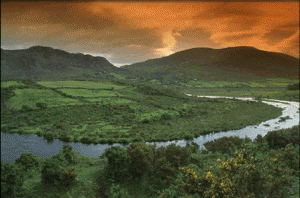
Geographically, Ireland somewhat resembles a bowl: the interior is relatively low compared to the highlands that ring the coastal areas. However, the interior is by no means flat: low, gentle hills are a common feature of the Irish countryside, as are the many rivers and lakes that dot the landscape. The intense shade of green of Ireland’s hills has given it the nickname “The Emerald Isle.”
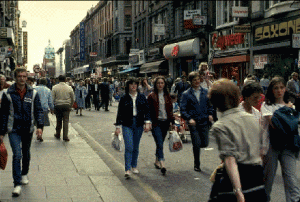
The capital and largest city of Ireland, Dublin is only 44 square miles (114 square kilometers) in area but is rich in cultural achievements. It serves as the political, economic, and cultural center of Ireland. The River Liffey divides the city in half. Its dark waters- known in Irish as “dubh linn,” gave the city its name. Museums include the National Museum, the National Gallery of Ireland, and the Hugh Lane Municipal Gallery of modern art. North of the river and west of the city center is Phoenix Park, nearly 2,000 acres (800 hectares) of land, with a zoo and a racetrack.
